Caring for the mental health of adolescents in Mexico
A Petition to Raise Federal Investment in Mental Illness Prevention Strategies
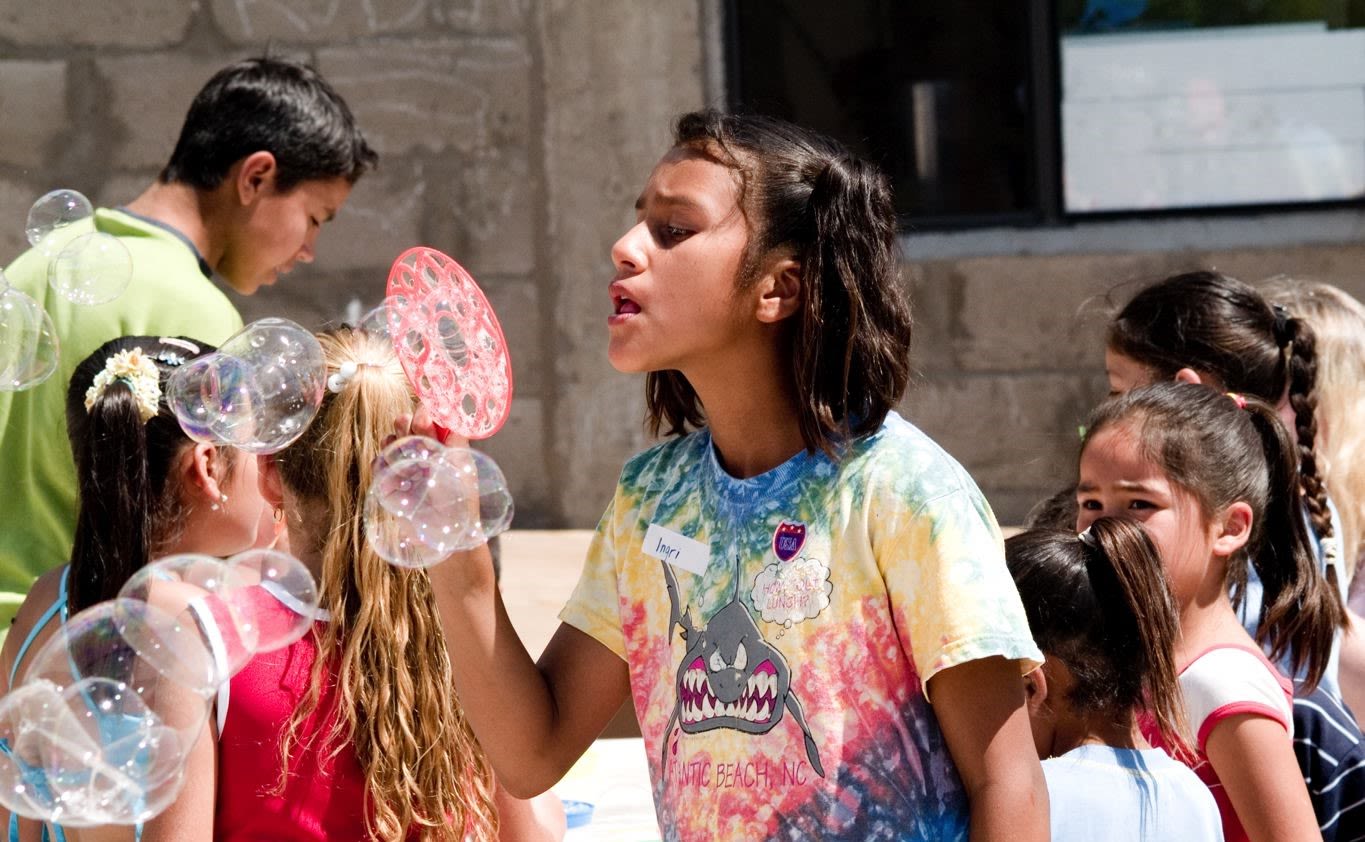
Mental Health in Latin America
Mental health poses one of the biggest challenges for global public health in our century. The WHO estimates that approximately 500 million people in the world have a mental disorder, of which an estimated 300 million suffer from depression, 60 million have bipolar disorder, and 23 million have schizophrenia (WHO, 2017).
Youth living in low and middle-income countries are at greater risk of suffering a mental illness than adolescents living in more privileged settings because they face more difficulties in life including poverty, violence, neglect and abuse. This is the case of adolescents living in Latin America, where a quarter of the disease burden can be attributed to mental and neurological disorders.
Mental Health in Mexico
In many Latin American countries, like Mexico, where the population has limited access to appropriate mental health care, prevention strategies can play a crucial role in safeguarding and promoting the mental well-being of adolescents by fostering the development of academic and socioemotional skills and identifying and attending adolescents in need.
In low and middle-income countries, mental disorders such as depression, schizophrenia, bipolar disorder and alcohol use are among the top 10 causes of disability, accounting for 19.1% of the total population with disabilities (Rathod et al., 2017). In addition to the latter, the WHO estimates that 78% of suicides in the world occur in median and low-income countries (WHO, 2015).
There is evidence of a strong relationship between poverty and mental health. A systematic review conducted by Lund et al. (2011) found a cycling relationship between inequality, poverty and mental health, in which the lack of resources fosters stressing situations that contribute to the development of mental disorders, which in turn hinder the opportunities of people to overcome poverty (Lund et al., 2011).
Other studies found evidence of the relationship between income and mental health. A study conducted in Brazil found that children living in poverty are five times more likely to develop a mental disorder than middle-income children (Funk, Drew, & Knapp, 2012) and Rathod et al (2017) found that people with lower socioeconomic status are 8 times more likely to develop schizophrenia (Rathod et al., 2017).
To this day, mental illnesses continue to obstruct the optimal development of adolescents in the world and will keep contributing to the poverty trap in low- and middle-income countries if no improvement efforts are made.
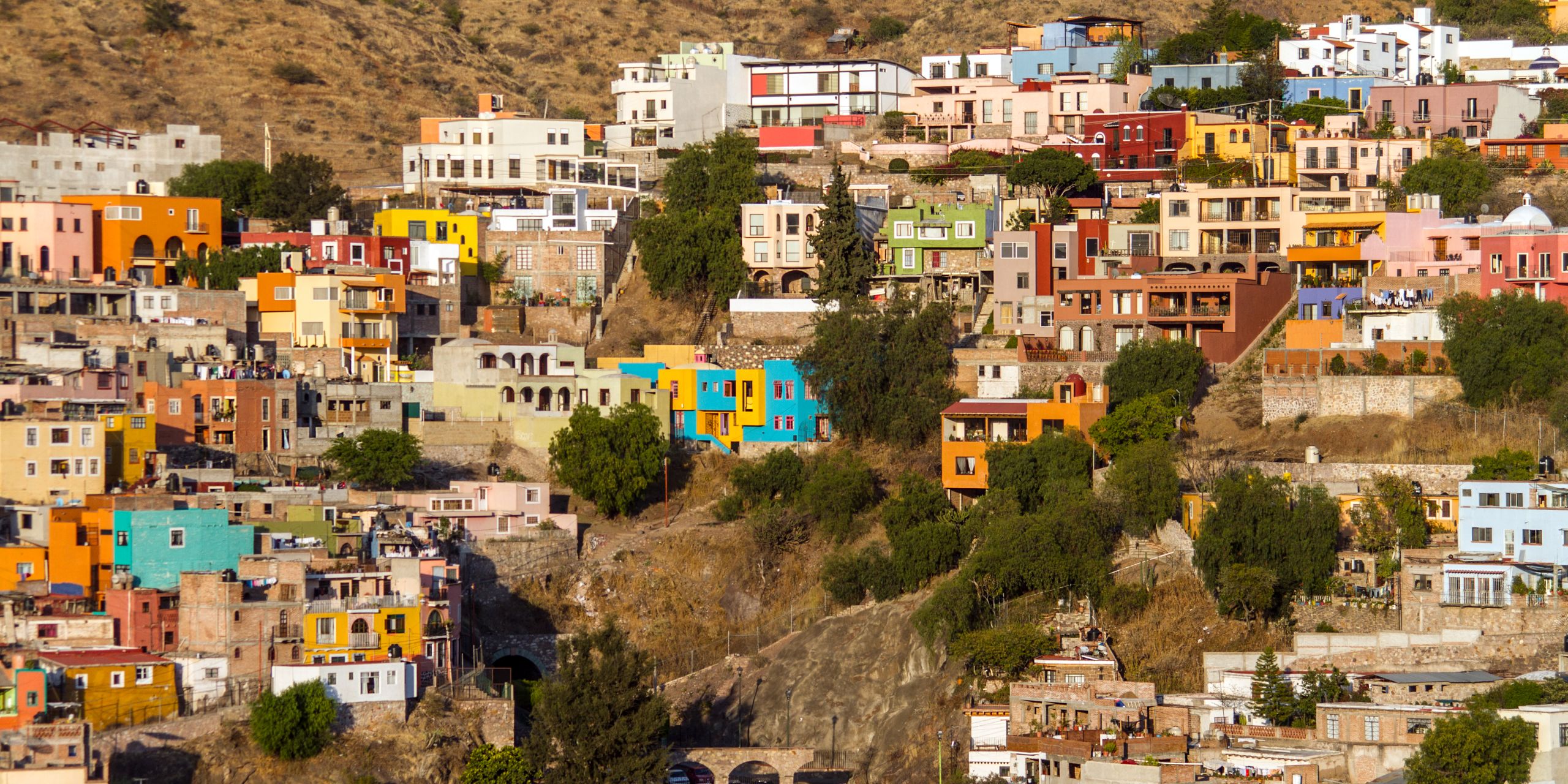
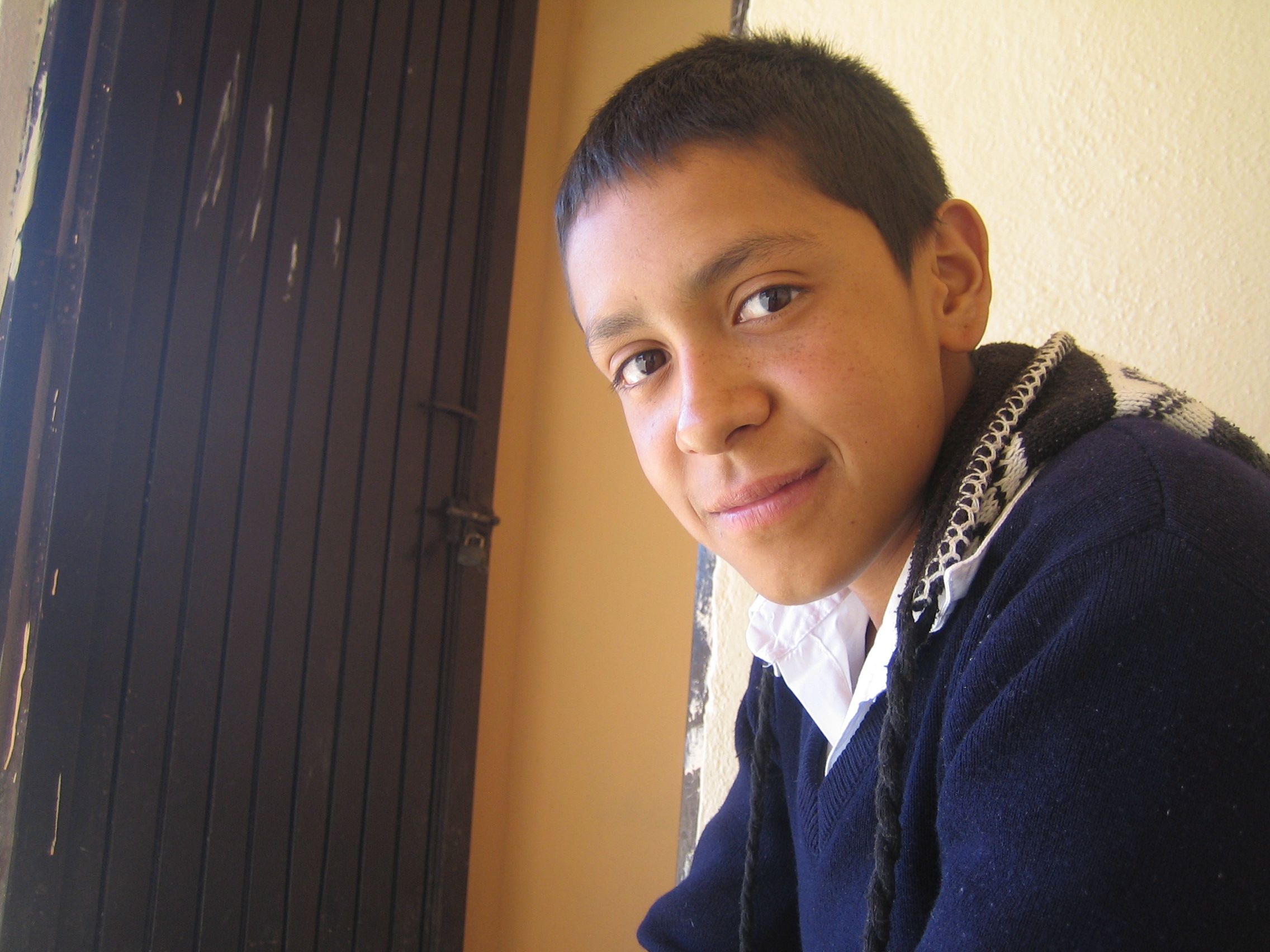
Prevalence and Incidence of mental illnesses in Mexican adolescents
A study by the National Institute of Psychiatry (2005) shows that the highest 12-month prevalence disorder is phobia (4.0%), major depressive disorder (3.7%) and alcohol and substance abuse (2.2%)
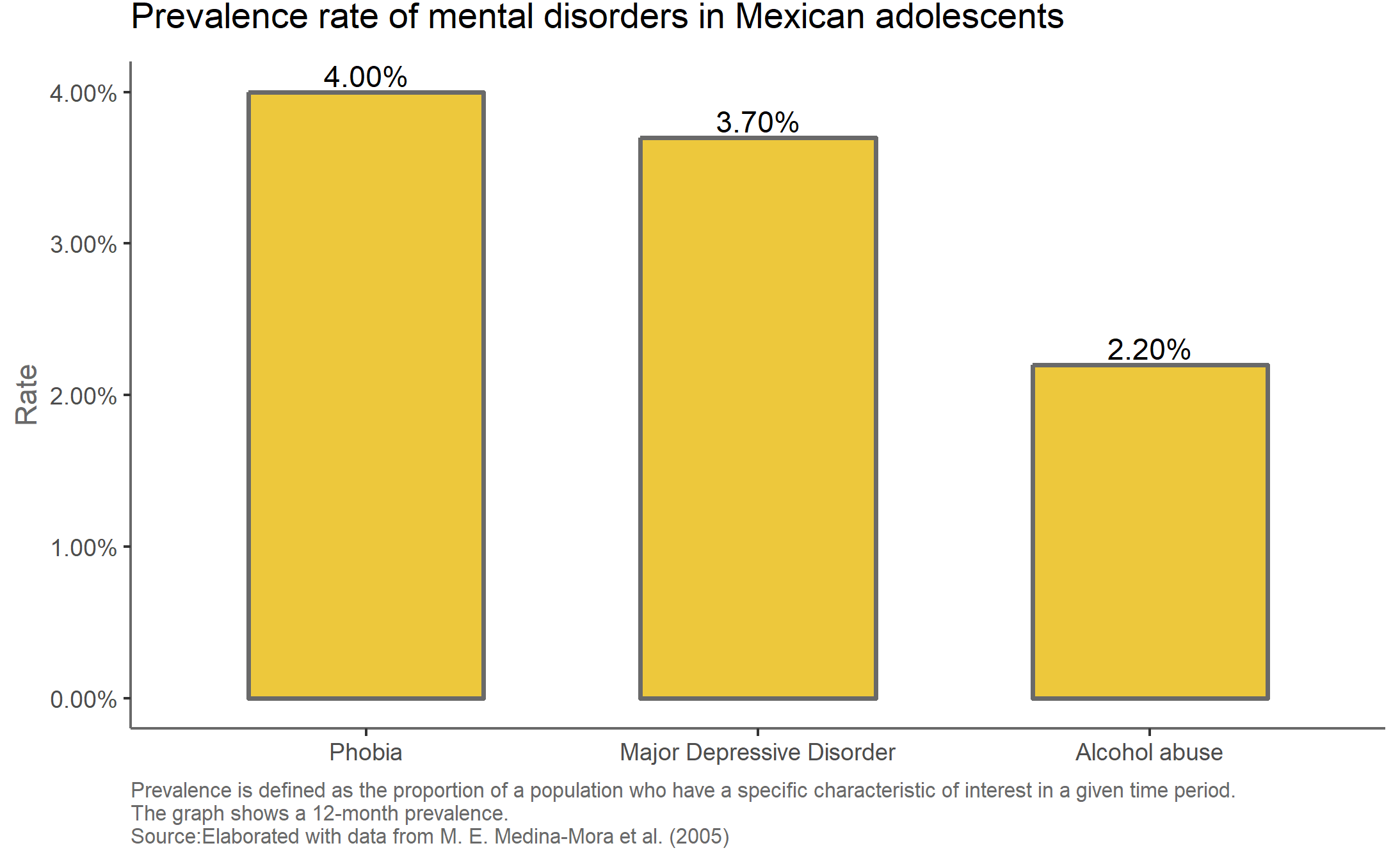
The disorder that has more incidence is substance abuse (24.5%), followed by mood disorders and disruptive behavior (14 and 14.2%), anxiety disorders (7.0%) and eating disorders (3.7%).
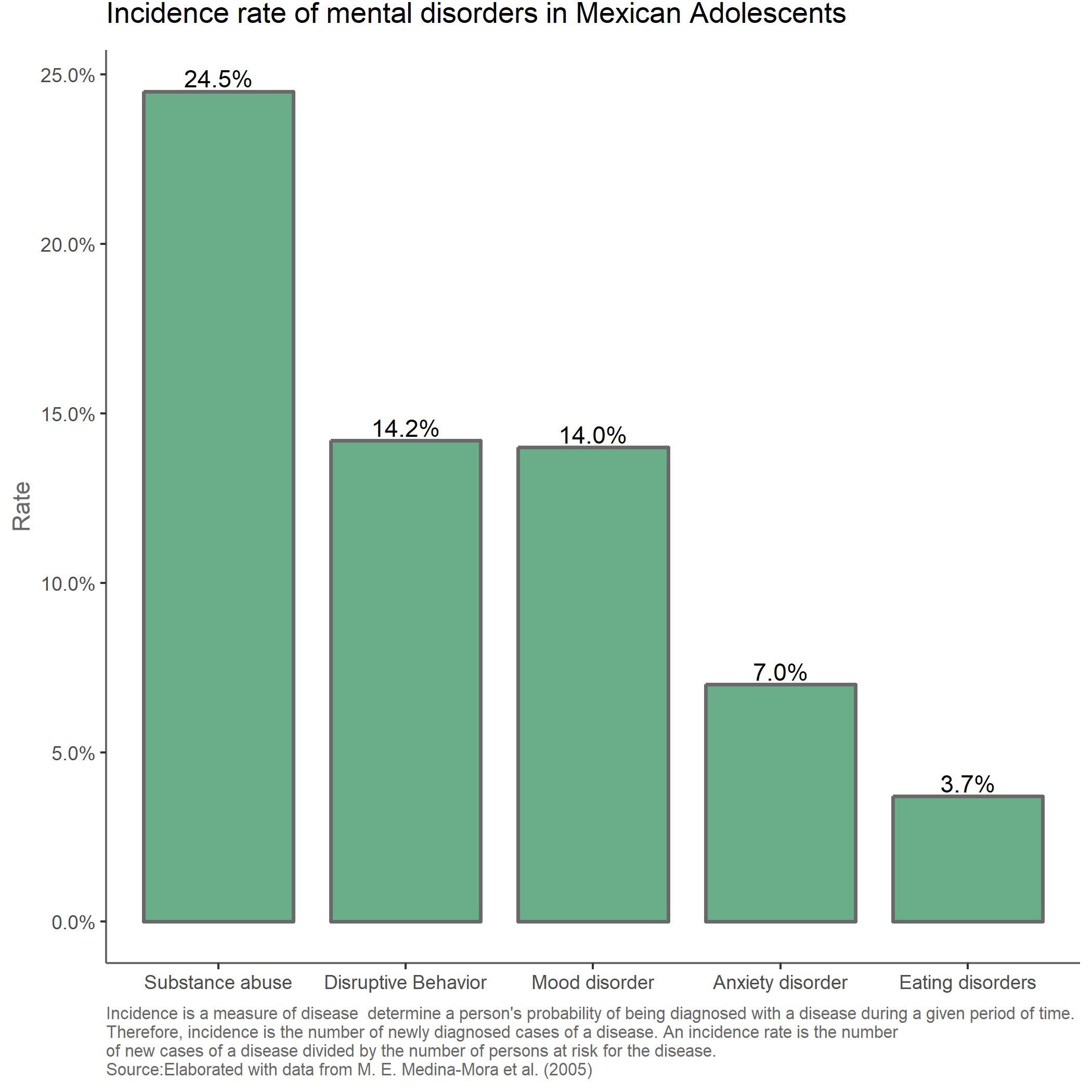
Adolescents start showing symptoms of a mental disorder at a young age. The Mexican Adolescent Mental Health Survey (MAMHS) reported an onset-age for anxiety disorders of 6 years old, 11 years old for mood disorder and 14 years old for substance abuse.

Most psychiatric disorders, unlike most physical conditions, have their first onset early in life. The Mexican National Comorbidity Survey found that the median ages of onset of psychiatric disorders were in the first decades of life.
When do mental disorders develop?
Most psychiatric disorders, unlike most physical conditions, have their first onset early in life. The Mexican National Comorbidity Survey found that the median ages of onset of psychiatric disorders were in the first decades of life. In a study conducted by Benjet et al. (2016) in which 1071 young adults aged 19-26 were interviewed, found that during the adolescent years into adulthood, 37.9% experienced the onset of new psychiatric disorders (Benjet et al., 2016).
Regarding the severity of the mental illnesses, results showed that one in every 11 adolescents in Mexico had suffered a serious mental disorder, one in five a moderate severity disorder and one in ten a mild disorder. Of those adolescents who reported a 12-month psychiatric disorder, one fourth were classified as having a mild disorder, one half a moderate one and one-fifth were considered to suffer a serious mental illness. Mood disorders were identified as the most severe disorder in adolescents, while anxiety disorders were categorized as the least severe (Benjet, Borges, Medina-Mora, Zambrano, & Aguilar-Gaxiola, 2009).

Risk factors
Having experienced childhood adversities increases the risk of anxiety and disruptive behaviors. Two-thirds (66%) of the adolescent population in Mexico has experienced at least one chronic adversity. One in four adolescents have experienced economic adversity and one in five adolescents have witnessed domestic violence.
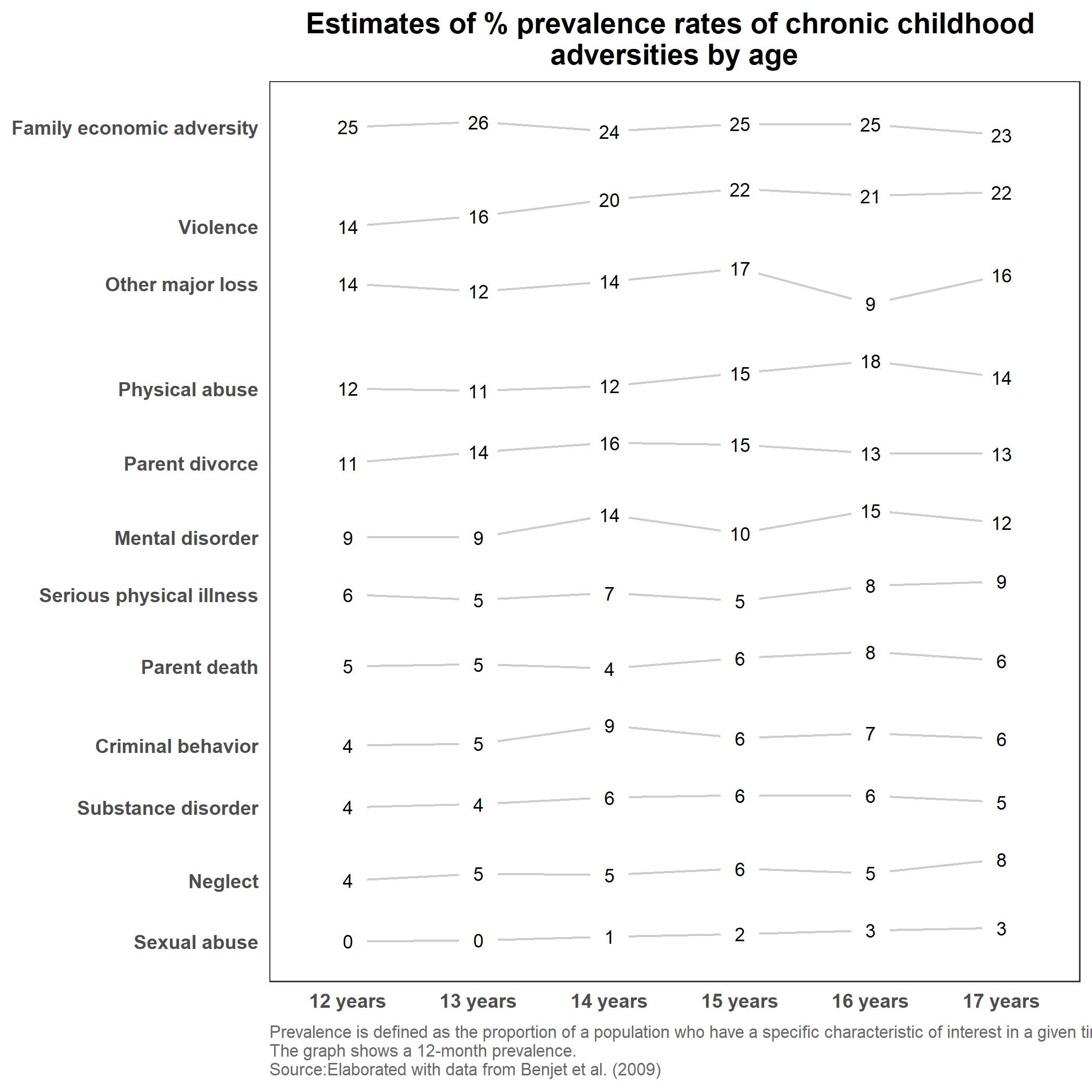
Adversities include physical abuse, neglect, sexual abuse, parent with mental illness, parent with substance use problem, parent with criminal behavior, witnessing domestic violence, death of a parent, parental divorce or loss, physical illness and economic adversity. All of these increase the risk of anxiety and disruptive behaviors.
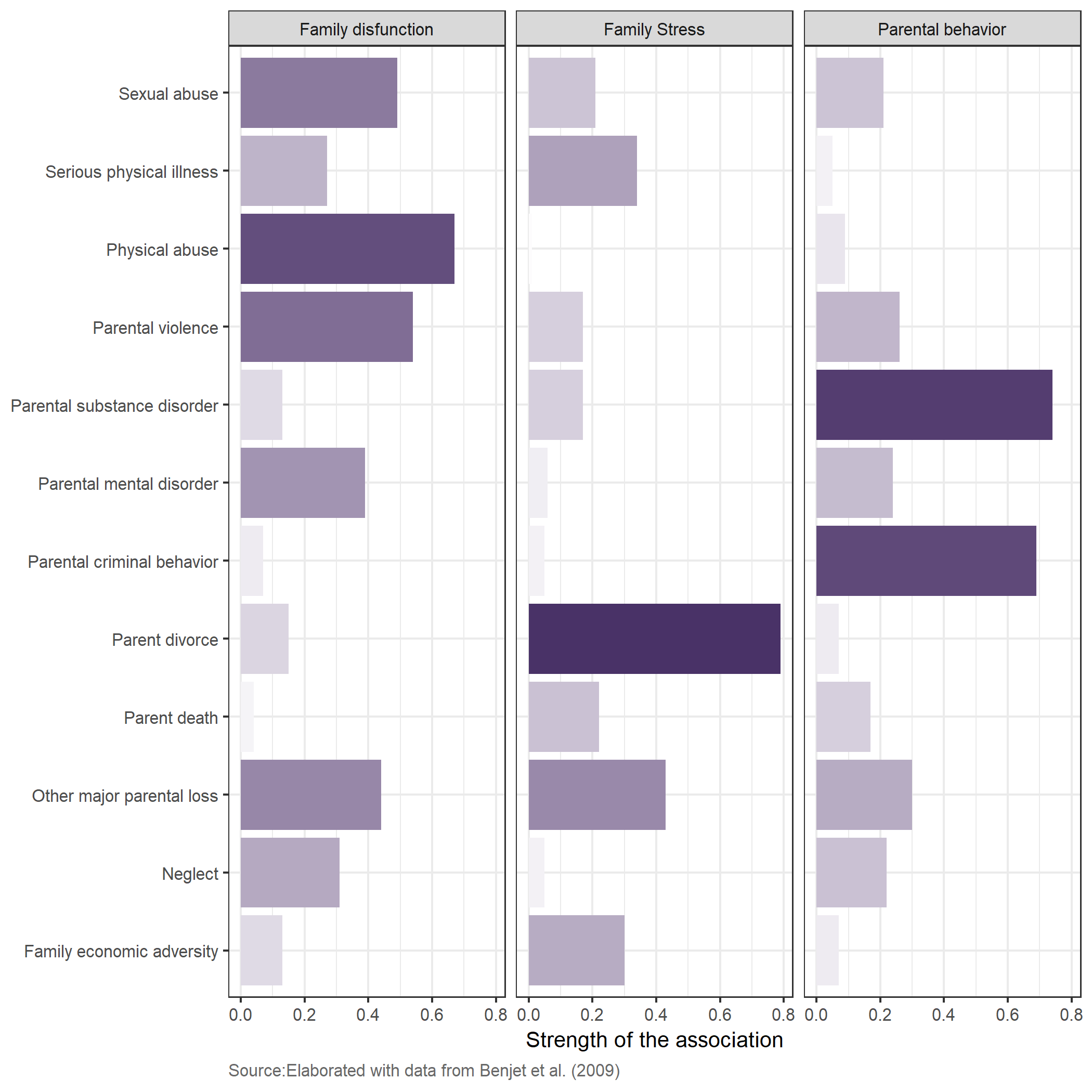
Data from the Census Bureau show that the number of deaths related to mental and behavioral disorders has increased by 33% between 2008 and 2014.

The study contemplates hazard curves which show suicide ideation starts to increase at age 10, plans and attempt at age 12, with the highest risk period around 15 years of age for ideation, plan and attempt.
In the last 20 years, the rate of suicidality has rapidly increase and adolescents and young adults are the most vulnerable group.

Among those with suicide ideation, 81% had a history of psychiatric disorder, 89% among those with a plan and 82% among those with an attempt.
Impulse-control and mood disorders showed larger odds ratios for committing suicide than substance abuse or anxiety disorders.
Among ideation, dysthymia was the only disorder that had consistently strong associations with a plan and attempt, even when considering depression or other mood disorders.

Mental illness can impact the quality of life of adolescents in different ways. It causes work absenteeism, discouragement and lack of attachment, violence and risks such as substance abuse and criminal activities.
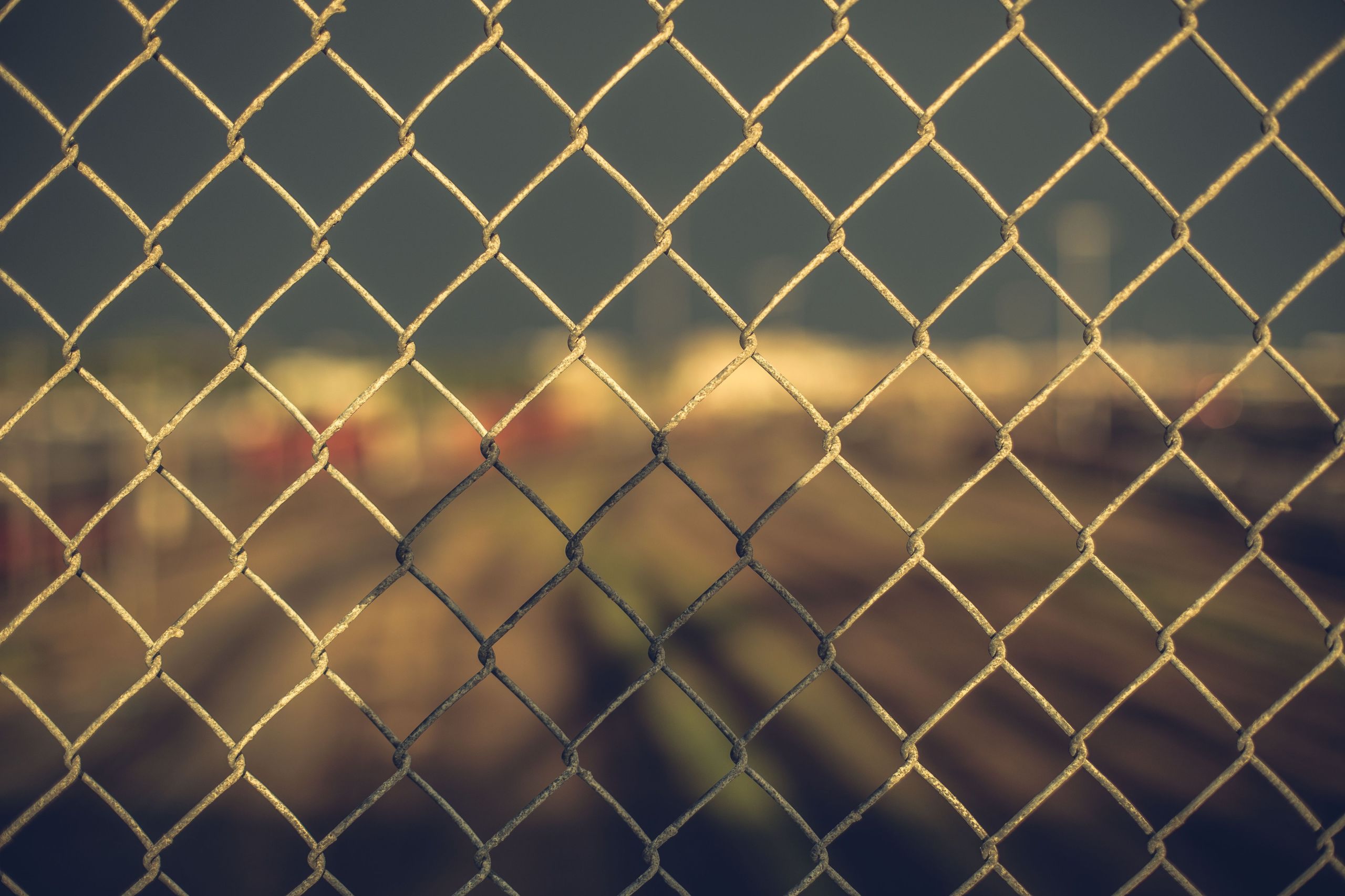
Mental health has a low priority in the health system in most of medium and low income countries, including Mexico. Resources are scarse, unequally distributed, there is little access to mental health care services and several social, economic and cultural barriers.

In 2017, the Ministry of Health allocated to mental health system only 2% of the total budget. Around 80% is spent in the maintenance of psychiatric hospitals and very little is spent in detection, prevention and rehabilitation.
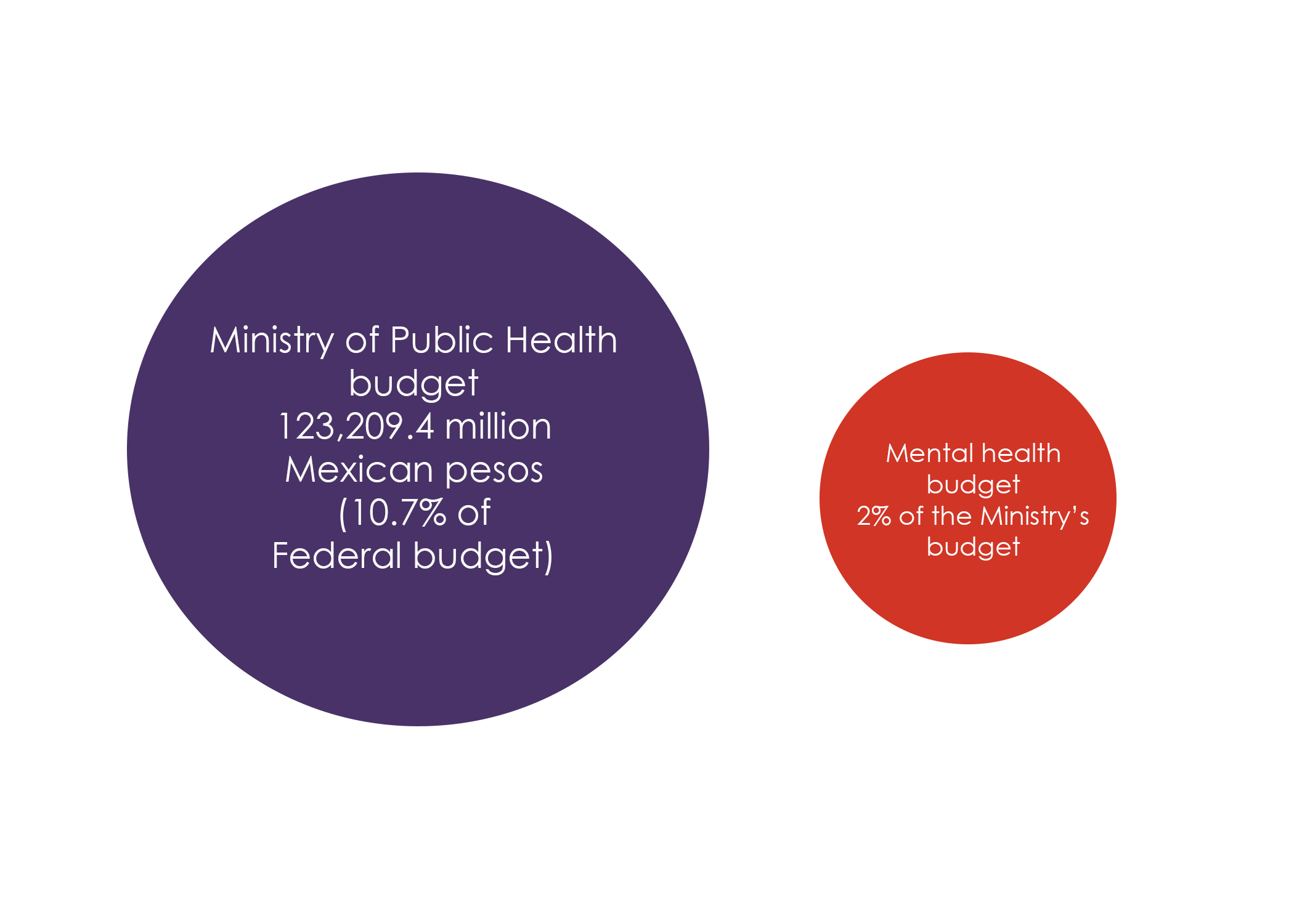
The World Health Organization recommends that countries invest between 5 and 10% of the health budget in mental health.

The majority of mental health illnesses are treated in psychiatric hospitals, which increases service costs and hinders investment on early detection and prevention strategies.

